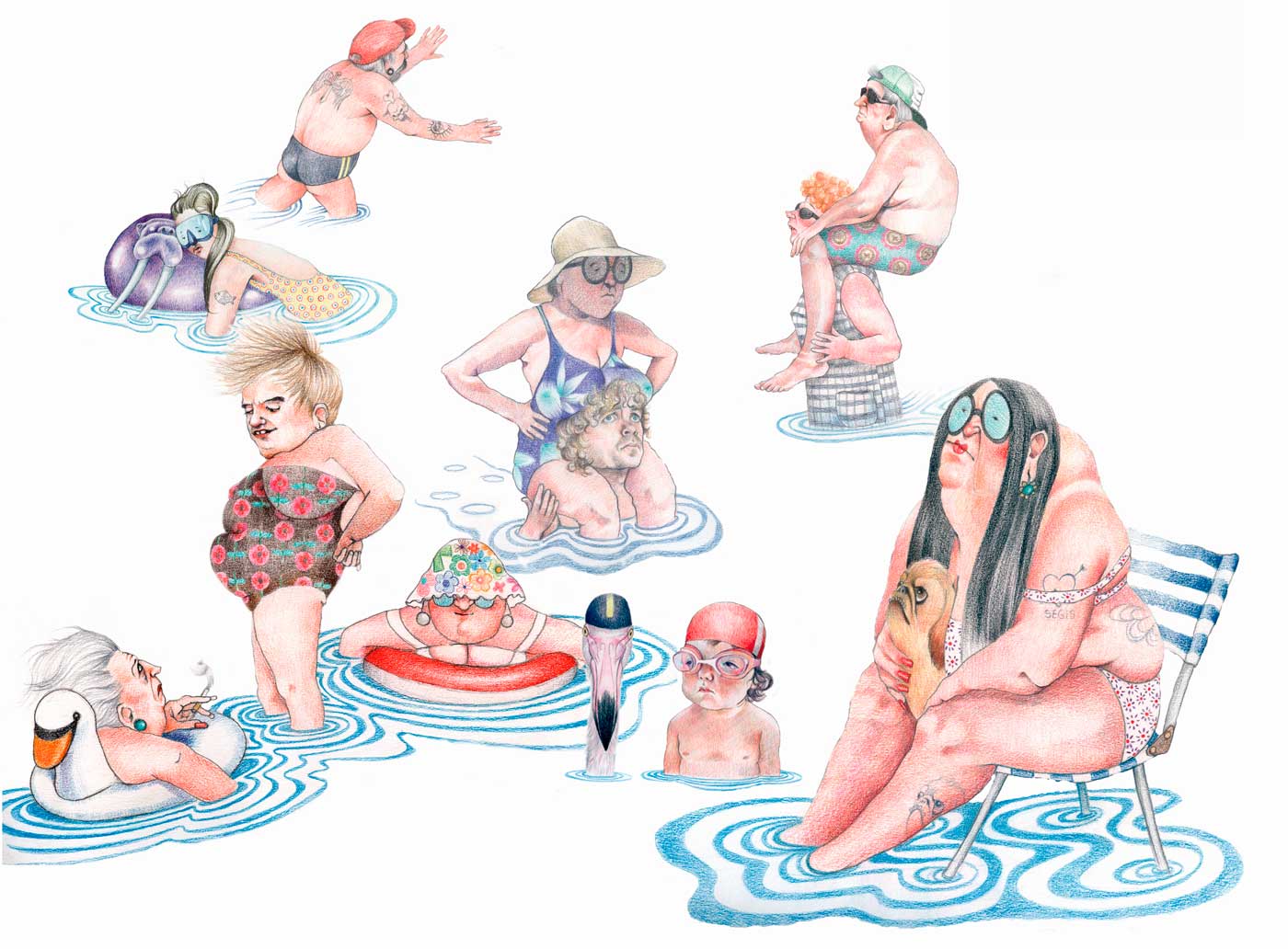Oval and ovoid.
If you are in a hurry this version goes faster:
Pop up Card
Quadrilateral
We are going to build parallelograms from some information about their shape. First of all, do a margin on your sheet and divide it into 6 equal parts 0.
- Draw a square knowing its side:
2. Draw a square knowing its diagonal:
3. Draw a rectangle knowing its two sides:
4. Drawing a rectangle knowing its side and its diagonal:
5.Rhombus knowing its side ans its diagonal:
6. Rhombus knowing two diagonals:
Remarkable points and straight lines in a triangle
Watch this presentation about the remarkable points and straight lines in a triangle, and then watch the tutorials.
You have to see them in this order:
1)Circumcenter
2) Incenter
3) Barycenter
In the three remaining boxes you have to do:
- Draw a scalene triangle with free measures and trace its circumcenter.
- Draw a right triangle with free measures and trace its incenter
- Draw an equilateral triangle with free measures and trace its barycenter.
Triangles 2º
We are going to build triangles from some information about their shape. First of all, do a margin on your sheet and divide it into 6 equal parts 0.
Dividing a sheet into 6 equal parts (optional)
Before starting, you have to see the presentation about the triangles and then see the 3 tutorials in this order:
1. Triangles 1: Contruction of a triangle knowing 2 sides and one angle
2. Triangles 2: Contruction of a triangle knowing 2 angles and one side
3. Triangles 3: Contruction of a triangle knowing 3 sides
You have to do these 3 activities:
1. Draw one triangle knowing 2 sides and one angle: AB=8cm; AC=6,5cm and A=30º
2. Draw one triangle knowing 2 angles and one side: AB=7cm; A=30º and B=60º
3. Draw one triangle knowing 3 sides and one angle: AB=7,5cm; AC=4cm and BC=7cm
DOING A MARGIN ON THE SHEET
Parallels
Spirals
How to draw a two pointed center spiral
How to draw an involute of a triangle
How to draw an involute of a saquare
How to draw an involute of an hexagon
How to draw a Golden Ratio Spiral
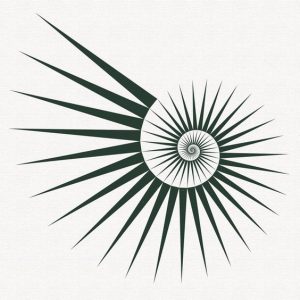
How to draw an Arquimidean Spiral
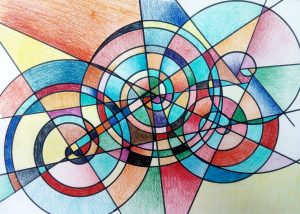
Here you can appreciate some examples of compositions made with spirals:
Tangencies
Links are part of our life. When two geometric figures are tangent, they have continuity with each other. Which generates smooth shapes and without sudden changes. In the design world they are used frequently,
I HAVE ATTACHED SOME EXAMPLES…
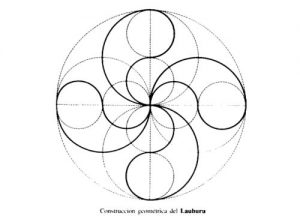
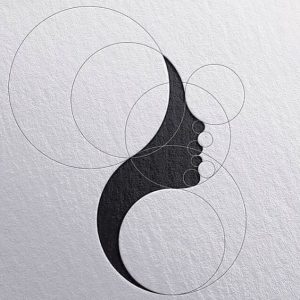
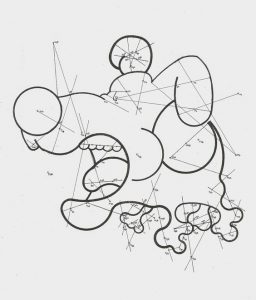
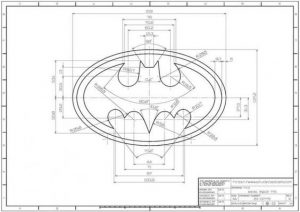
I want you to see these tutorials in this order, they are examples of what you will do later in your sketchbook with other information:
0.Tangencies explanation and rules
1. First example: Straight line tangent to a circumference
2. Second example: Two tangent lines to a circumference from an exteranl point P
We are going to do these exercises :
nº1: Draw a tangent line to a circumference whose radius measures 4 cm using your compass. Free tangency point.
nº2: Draw two tangent lines to a circumference whose radius measures 3 cm from an external P point. Free P point.
The last video is to see how to present the exercises.
Watch the tutorials following this order:
1. Tangencies nº3
2. Tangencies nº4
3. Tangencies nº5
4. Img 0577
This week we have to do these three exercises:
nº3: Draw an external tangent circumference whose radius measures 2’5 cm to another circumference whose radius measures 4 cm. Free tangency point.
nº4: Draw an internal tangent circumference whose radius measures 2’5 cm to another circumference whose radius measures 4 cm. Free tangency point.
nº5: Draw two tangent circumferences whose radius measure 3’5 cm, to another two circumferences whose radius measure 4 and 3cm respectively and the distance between their centers is 9 cm.
This video is to show you how to present the exercises:
Artistic application of tangencies:
This fly has been made using tangencies.
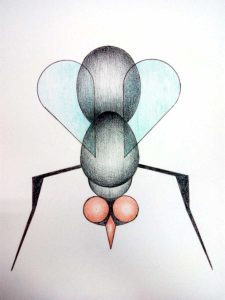
THE SAME FLY MADE BY STUDENTS
